Food will be hard to come by when disaster strikes, and people will have to subsist on what they stockpiled.
However, for the keen forager, every environment presents valuable opportunities, and they will find edible plants regardless if they find themselves in the wilderness or the concrete jungle.
A forager knows to take advantage of every opportunity, and everything that’s up for grabs will be on their list. A general rule for us is to get every wild edible that otherwise will go unused. When it comes to an urban environment, we can find pretty good eating in community gardens.
In the city, where you can find a grocery store within walking distance, certain things go unnoticed. For example, some are completely oblivious that their community garden can offer all sorts of fruits or nuts, and they have long forgotten to recognize what’s edible and what’s not.
Foraging on local grounds
Every neighborhood has a local park where you and your fellow citizen spend time destressing and enjoying nature. Some are adequate in size while others are enormous, but they all can offer something for the green survivalist. In addition, there are playgrounds, libraries, a college campus, and all sorts of public properties that harbor a variety of cultivated plants in every city.
There are more varieties of plant life in your local park than in the forest nearby since humans are trying to diversify the flora in their living areas to create an aesthetic environment. Some of these “city plants” are edible and nutritious, but most importantly, they are free for the taking.
You may ask yourself, “why do people not eat such plants?” if they are edible and delicious. Well, two factors make such plants less popular. First of all, most people have no idea that they are edible, and second, those that eat such plants are from another corner of the world.
Our fellow Americans do not eat such plants, but these plants are precious in Australia, South America, and Africa. To put it in a few words, we do not eat such plants because they don’t have any history in our own culture.
You can do a tour of your city and look for edibles and make a map with all the food sources you can find. Hardcore foragers already have their neighborhood mapped, and all the green zones listed on the map have tips on what can be found there and what is edible or what can be used as medicine.
Here’s a shortlist of what you can find in your city, but keep in mind that there can be even more edibles waiting to be discovered.
Edible ornaments
If you go to your local college campus, chances are you can find hedges of natal plums bringing patches of purplish color to walks and various recreational areas. That purplish color is a small plum native to Africa that grows very well in temperate regions. However, most people stay away from these fruits since they ooze a milky white sap when they are picked. For most, this signifies that natal plums are poisonous, and they should never eat them. Strangely enough, figs also do the same, and many people can’t get enough of them.
One of the reasons natal plums have no history in our culture is that even if the fruits are good raw, they require processing to bring that flavor highly appreciated. The sweet and sour taste is not something to brag about, but if you cook and sweeten the fruits, you can make all sorts of jellies and jams that are indeed extraordinary.
Pyracantha berries are the European species of red firethorn and have been grown in gardens since the 16th century. The red berries in their prime announce the coming of winter, and at some point, you were probably tempted to pick these berries. However, you hold back from doing so since “someone” probably told you these berries were poisonous.
The inhabitants of Asia Minor and those living in southern Europe have a different opinion regarding these berries, and for them, they are an excellent source for making marmalade. However, the berry is dry and mealy to be enjoyable on its own, and only birds seem to like them.
However, if you cover and simmer them in water for half an hour, you can obtain a reddish juice used for marmalade and other sweet dishes. I’ve eaten marmalade made from these “poisonous berries,” and I can assure you that the flavor is out of the ordinary—something like spiced apple butter with orange flavor.
One of the most popular ornamentals that you can find in community gardens is olive trees. You can find them scattered all over the city, and at this point, it’s hardly any secret that olives are edible. Even so, most people don’t bother with them since olives require processing, and, in the city, people are used to getting their food from the grocery store anyway.
However, for the creative forager picking the ripe olives and using various recipes found online can result in a good supply of Greek olives at basically no cost. They may indeed have a much stronger flavor than those found at the store, but that’s the taste of natural olives.
Even more, if you pick underripe fruits, you can make virgin olive oil. Just select the olives, stuff them in a cloth bag or something similar and place them between two boards. Use some weight on top of the boards to squeeze the liquid, bottle and refrigerate it. It’s as simple as that.
How about that sweet tooth?
I found the carob evergreen tree shading walkways in some parks, and they were full of untouched pods. This tree’s popularity has grown steadily in the past two decades, and only a few landscapers know that the pods are edible. In Mediterranean regions and the Middle East, the ripe carbo pods are dried and grounded into a fine powder used as a cocoa substitute.
Unlike cocoa powder, the sweet chocolate substance comes from the pods and not from the seeds. Dried pods contain around 50 percent sugar per weight, and these can provide the much-needed sugar intake during a survival scenario. In addition, carob powder can be easily stored for later consumption and turned into excellent sweets. So here’s a tip for you, when you find such trees during your daily walks, and they have dark ripe pods. Pick one and nibble on it for a while. They will taste just like chocolate, even if the smell may be slightly repugnant.
Another popular park and yard ornamental (especially on the West Coast) is the guava pineapple. This South American native plant thrives in hot and dry regions and cool and moist coastal regions. The small trees are easily recognizable by their silver leaves and green, oval-shaped fruits.
The trick with these fruits that taste like pears and pineapples is to know when to pick them. The color of the fruits remains green with little to no change, and there’s no telling when the fruits are ripe. Your best bet is to pick one and notice how easily the fruit is plucked from the tree.
Although it is just an ornamental tree in our country, New Zealand is one of the most popular commercially raised fruits. The fruit is eaten as is since the pulp is rich in vitamin C, or they are used in various cake and pie recipes. Even the white flowers are edible, and people down-under are often adding them to salads.
How about those colorful flowers?
Every community garden has an impressive color pallet, and flowers reign undisturbed. One of the most common flowers is the pansy, and few people know that the cousin of blue-violet has a significant vitamin C and A and iron content.
Both the leaves and flowers of pansy have been used for centuries in salads and other dishes. They are often sauteed with meats, and the taste is exquisite, much better than the bland salad flavor.
How about marigolds, these golden flowers invading almost every garden? Did you know that the Romans were growing them regularly, and they even used them for making wine? The marigold’s petals were added to salads and all sorts of dishes, but most importantly, they are used in rice dishes as a saffron substitute.
No worthy mentioning garden is complete without roses, and such plants are present in almost every household garden and public park. However, few people know that roses are edible and that every part of a rose plant is palatable.
The leaves are used to make tea (either raw or dried), and they are present in many herbal tea mixes. The unopened rose buds are often pickled, but they are mainly dried and used as a flavoring in various dishes. Perhaps the best edible part of the rose plant is the flower” s petals, and through centuries the petals were used in salad mixes; they were mixed with honey and used as a spread.
There are many recipes online recommending rose plant parts such as rose hips, flower petals, and buds.
Your local park your choice
These are just a few examples, and it would be almost impossible to list all the edibles you can find in community gardens in a single article. You can see oranges, persimmons, avocados, macadamia nuts, and various other edibles in your local parts.
My advice would be to cruise the green belts of your city and map all the plants you suspect might be edible. Afterward, you can thorough research and mark down the ones that can be used if you are forced to forage for food. You will gain a real sense of independence and freedom knowing you can pick and eat plants and fruits that someone else just grew for aesthetics purposes.
Even more, there will be less competition for such edibles when the brown stuff hits the fan since most of your neighbors have no idea that such plants can be used to supplement their diets. Do you think you and yours can live off of public lands? Visit the nearest park and judge for yourself!


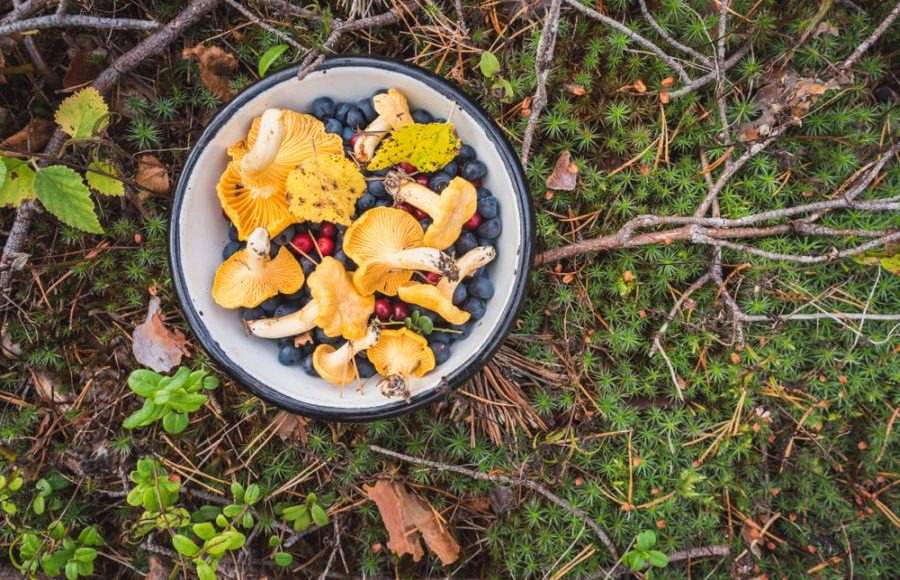

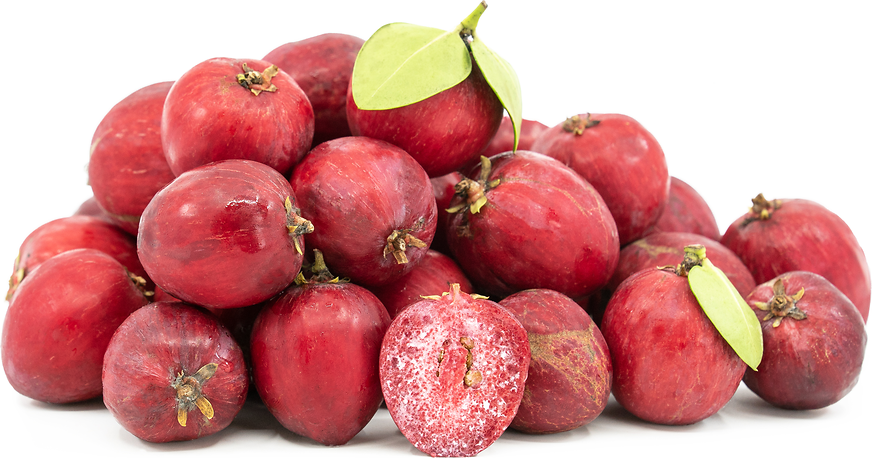
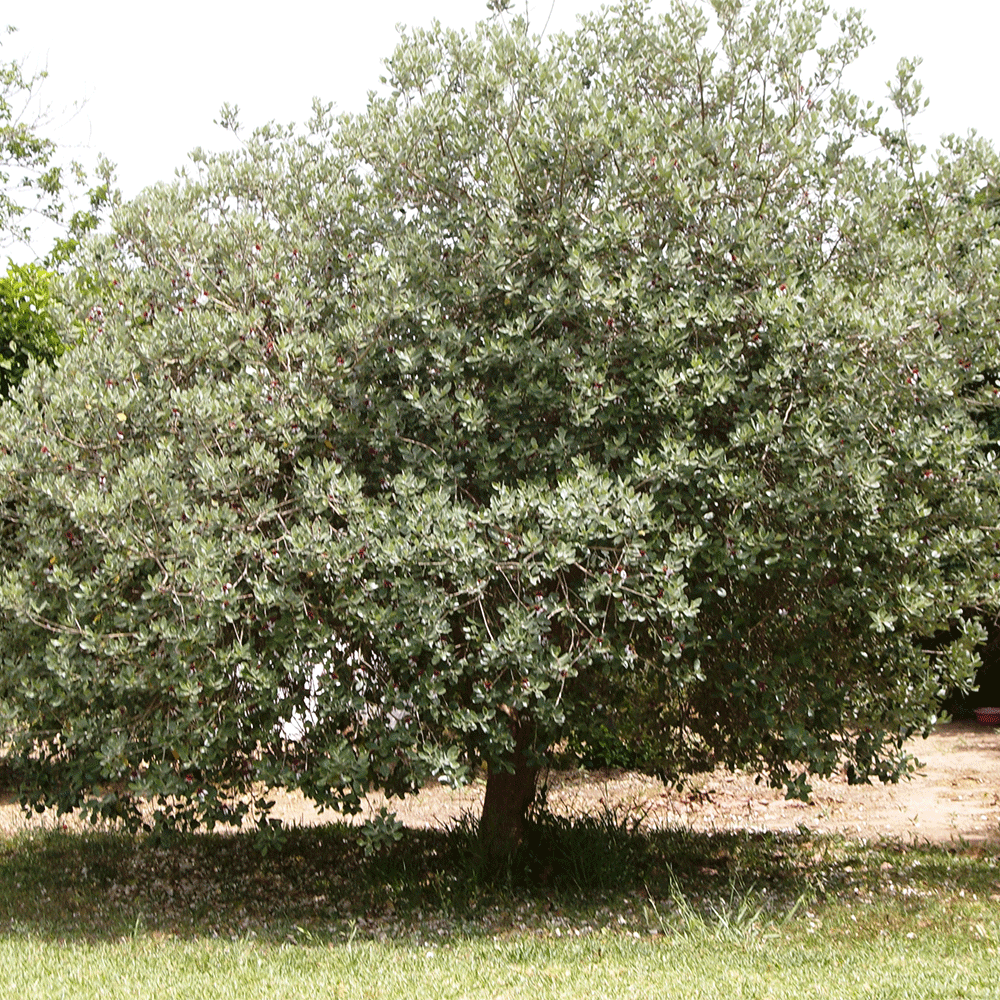


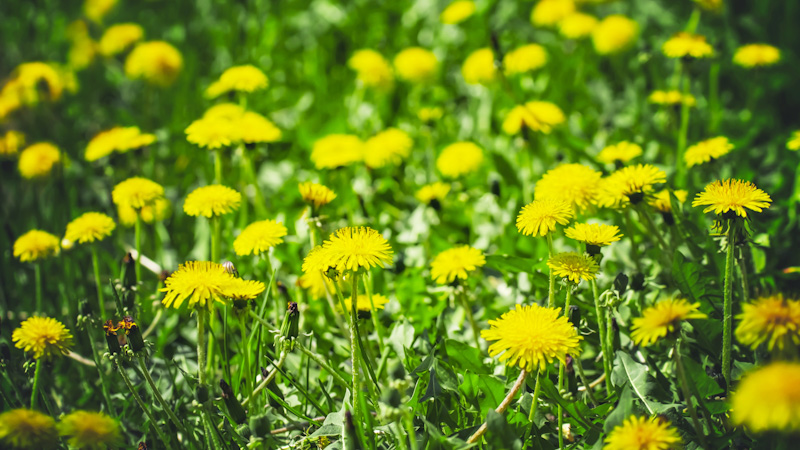
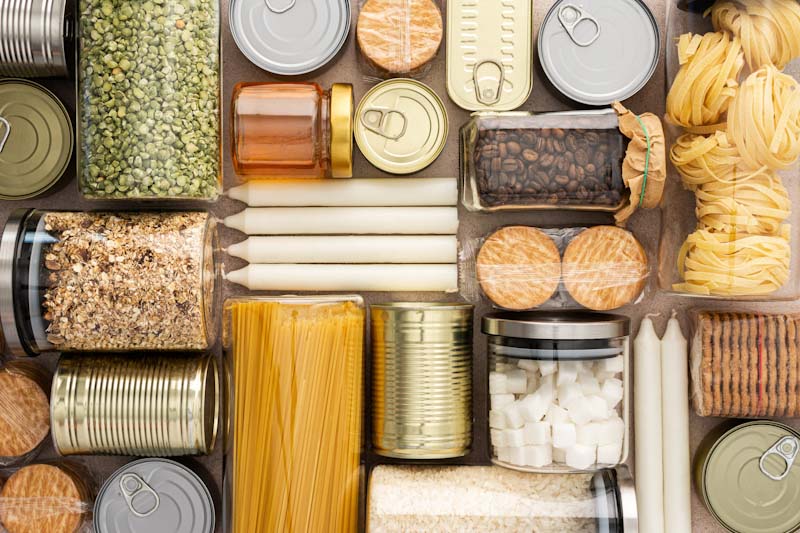



wvweights | May 13, 2021
|
Yes they are there…..BUT….remember most of these have had various things sprayed on them for the bugs or to help them grow. So any of these need a good washing, that enjoy.
Scott Todd | December 27, 2021
|
Whoever wrote this doesn’t live in the upper midwest.
Winner6942 | March 15, 2022
|
Wow.But what if you cant find any of these or you dont recognize them?
TAL | April 13, 2022
|
Foraging around in community gardens will probably get you beaten up or shot!
Just a friendly FYI!